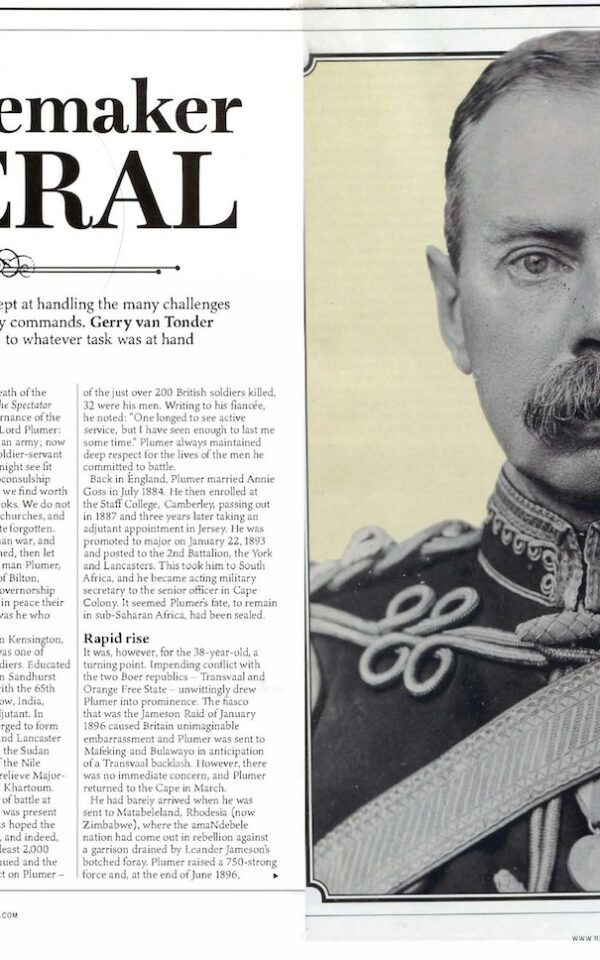From 1890 and throughout its history, the men of Internal Affairs were bound by an intense loyalty to each other, combined with a deep understanding of the tribal people in their charge. Their greatest strengths were individuality and self-reliance, strengths that were called upon to the fullest during the rebellions of 1896–97, and again in the conflict of the 1970s. With verbatim first-hand accounts and anecdotes from Intaf staff at all levels, this book chronicles Intaf’s rapid forced conversion in the 1970s from the original dedicated and efficient district civil administration, to a paramilitary force tasked with carrying out normal administrative functions in abnormal situations.
Despite inadequate weaponry and insufficient training, Intaf was all too frequently the only armed presence. There were just not enough security forces to go around.
All elements of Intaf’s activities are melded in the book to give a picture of one of the least-known and least-understood aspects of Rhodesia’s war against the guerrilla insurgents: the role of Intaf. This book serves to set the record straigh
Intaf’s first priority was to defend the tribesmen and maintain the administration. In this task Intaf should have been supported by the military forces which, in common with much of the hierarchy in Salisbury, did not understand Intaf’s true role. Eventually Intaf found itself operating in support of the military or, in the absence of the army, acting independently in a military role. Detailed sections on weaponry, vehicles, military training, mine warfare, counter-terrorism operations and the protected villages programmes reveal this transformation. Ultimately, Intaf’s role saw the creation of provincial counter-insurgency units especially trained to seek and destroy communist-trained insurgents.
This book is a tribute to the tenacity and loyalty of all who served in Intaf, and their wives and families; the National Servicemen, the Vedettes, Community Advisers, Field and ADF staff, the regular members. With very little acknowledgment, support or recognition, they gave everything to the enormous dangerous tasks they faced.
As the traditional, almost paternal, guardian and custodian of these people, all the staff of Intaf found themselves at the forefront of this conflict. A virtual identity crisis arose, as they desperately, and against increasingly difficult odds, struggled to maintain a semblance of civil administration on the one hand, whilst performing armed and uniformed defensive and openly combatant roles on the other. Included are full Honours and Awards, including citations, and a comprehensive Roll of Honour. Fifty-four colour and black and white plates provide a thorough pictorial history.






Reviews
There are no reviews yet.